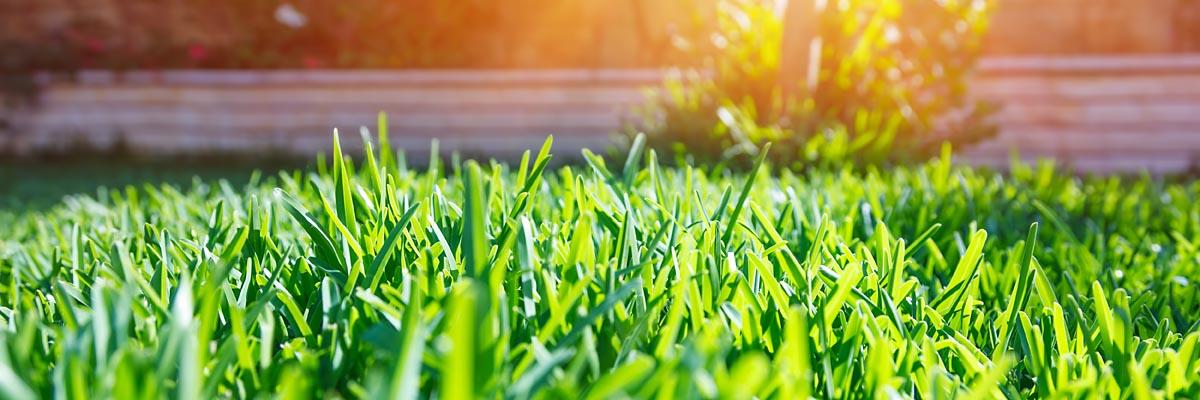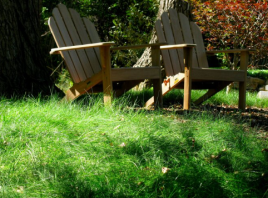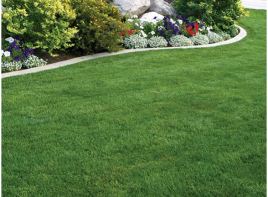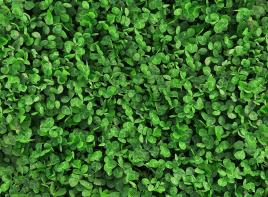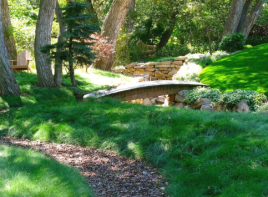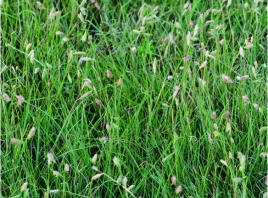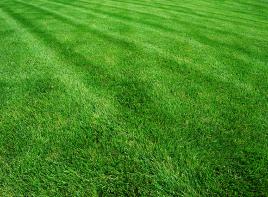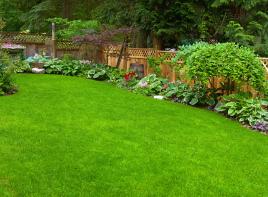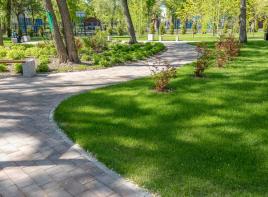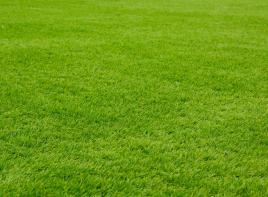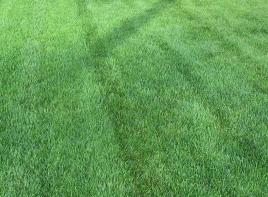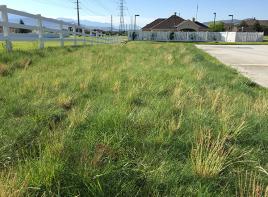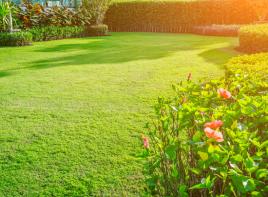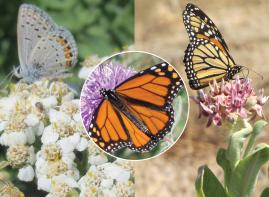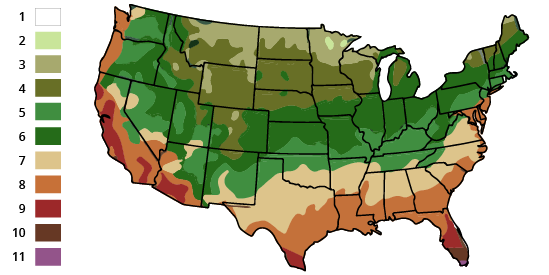Different grass species take different amounts of time to germinate (sprout). Here’s the most common lawn grasses listed from quickest to slowest. Keep in mind that these times are for seeds planted under ideal conditions – temperature, moisture levels, etc. If planted under less-than ideal conditions these times could be longer.
Perennial Ryegrass: 5-10 days
Fine Fescue: 7-12 days
Tall Fescue: 7-12 days
Buffalograss: 7-14 days
Zoysia Grass: 7-21 days
Bahia Grass: 10-14 days
Bermudagrass: 10-30 days
Kentucky Bluegrass: 14-30 days

